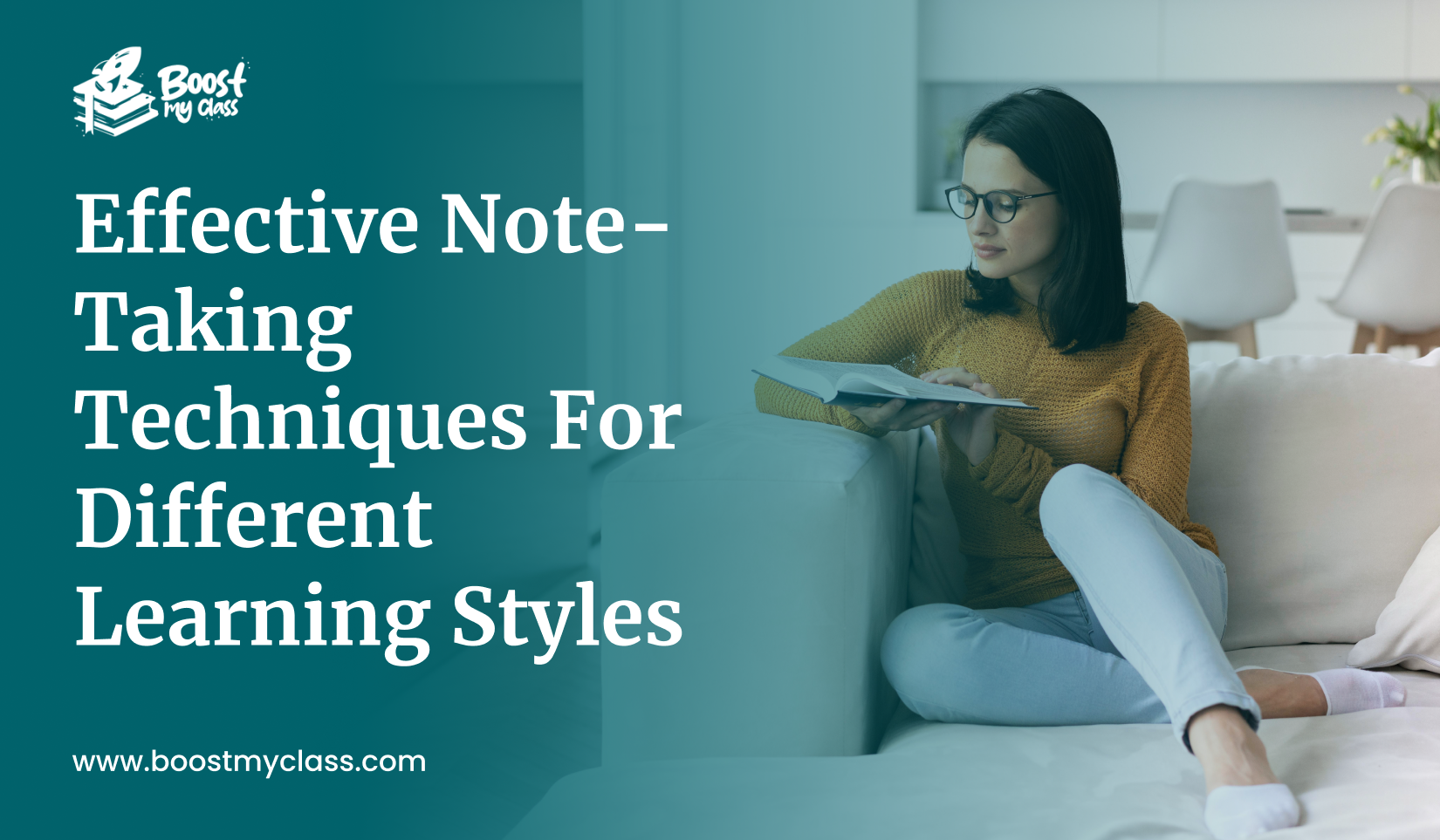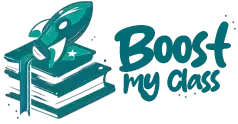Effective Note-Taking Techniques for Different Learning Styles

Note taking is an essential skill that can greatly improve your learning and retention. Several styles of learning, however, necessitate different approaches to note-taking for effectiveness. Understanding the difference between multitasking and combining tasks is imperative in mastering this ability. While multitasking generally involves attempting to engage in several things at the same time, combining tasks particularly integrates tasks that are similar for purposes of efficiency optimization. Your understanding and retention of important information can be maximized as you tailor methods you use in taking notes to suit your specific learning style. Continue reading on how you can customize techniques for every learning style to master note-taking.
Why Effective Note Taking Matters
The significance of note-taking is that it helps you to record essential information, arrange ideas and get a deeper understanding. You can put complicated thoughts into brief, readable formats that suit your learning style. Tailoring notes to fit one’s learning style and taking part in note taking, however personal, enables students to improve their ability to remember and use knowledge. Structured note taking improves memory retention and is useful during exams or when looking up project materials for reference. Next, there will be coverage of particular methods for improving notetaking skills among different kinds of learners. Follow the discussion below as we unlock the power of optimized notetaking practices for effective learning.
Different Types Of Learnig Styles
It is important to understand how people take in and process information differently when identifying learning styles. Visual learners gain a lot from visual aids such as diagrams, charts, and color-coded notes whereas auditory learners do well through talking things and group discussions. Kinesthetic or hands-on learners are more comfortable with active activities and interactive note taking techniques that help reinforce the concepts. Knowing your dominant learning style helps you create better note taking strategies according to your strengths. You can greatly improve retention and comprehension by aligning your note-taking techniques with your preferred learning modality. Wait for it as we delve into personalized ways of jotting down ideas for knowledge retention based on the different types of learners, helping you optimize yourself academically.
How To Make Note-Taking Better For Visual Learners
Take My Online Exam For Me retain information better when they see it via visual aids such as “images, diagrams and color-coded study cards” (Berger 50). To accommodate this style of learning, integrate visuals like mind-maps, flowcharts or sketches of notes in your jottings. For instance, the use of highlighters and different coloured pens can help in organizing and highlighting important points. Thus, try making flashcards yourself or employing some digital tools that enable visualization of notions. By doing these methods I can Boost my grades because they improve comprehension and retention. Try a variety of techniques until determining the ones that work best with your visual learning inclinations. Watch out for our next blog posts regarding how to become an even more effective note taker as an auditory learner.
Note-Taking Techniques For Auditory Learners
Listening and talking are the most memorable ways that Auditory learners absorb information. Thus, it is important to record lectures or discussions for later use. Summarize key points in your own words and read them out to yourself aloud to consolidate your understanding. Mnemonics, acronyms, or rhymes may be useful in enhancing memory retention. To address kinesthetic needs of learning try group discussions or find a study buddy to have conversation with.
Therefore as an auditory learner experiment with several strategies so as to enhance the process of note taking. Be ready for some practical suggestions on how you can make your note taking techniques more appropriate for you as an auditory learner in our future blog posts.
Effective Note-Taking Strategies For Kinesthetic Learners
Kinesthetic learners grasp information most effectively through hands-on activities and physical experiences. To facilitate this kind of learning, think about including movement in your note-taking process. Change how you write your notes into a physical activity such as using coloured pens to highlight the main points and drawing diagrams illustrating the ideas. Also, interact with study materials which involve both mind and body like flashcards or interactive online quizzes. Instead of being guilty of wanting someone to take my exam done for me, try out tactile learning approaches such as using textured paper or manipulatives that enhance memorization retention. Keep reading our coming blog posts to get more tips on how you can make your note taking technique suit your kinesthetic learning preferences.
Enhancing Efficiency In Note-Taking Through Technology
The digital era we are in offers numerous technologies that can make the process of note taking more effective for all kinds of learners, even kinesthetic ones. Consider using notetaking apps that allow one to draw with a stylus or organize notes visually. Try out digital flashcard software which is hands-on and interactive featuring quizzes simulating physical activity. Besides, recording videos of lectures or using voice-to-text programs may help auditory and visual kinesthetic learners. Technology should be embraced as an invaluable partner in the endeavor to become an expert in note-taking techniques that match ones individualized way of learning things. Watch this space for more on how you can apply technology to enhance your kinesthetic learning experience.
Mastering Note-Taking Methods For Every Learning Type
In summary, it is important to know how to take notes that are suitable for your learning style. Technology can help with this enormously whether you are a visual learner or an auditory learner or if you prefer kinesthetic or reading/writing styles of learning. You have the freedom to tailor make your note taking process using note taking apps, digital flashcards software, video recording and voice-to-text applications among others. Take advantage of different tools and resources available in the digital world to better learn and remember information. Keep on finding new ways of making notes until you get full marks in your exams by means of perfecting your academic potential. Do not forget that good note-taking skills are vital for meeting your learning objectives and excelling academically.
I am a Business and Management tutor passionate about Business, Management, Marketing, Operations Management, Finance, Economics, and HRM (Human Resource Management). Finished more than 1302+ online classes and exams for students. I ensure high scores while reducing their anxiety!"
Discount
On Your First Order




